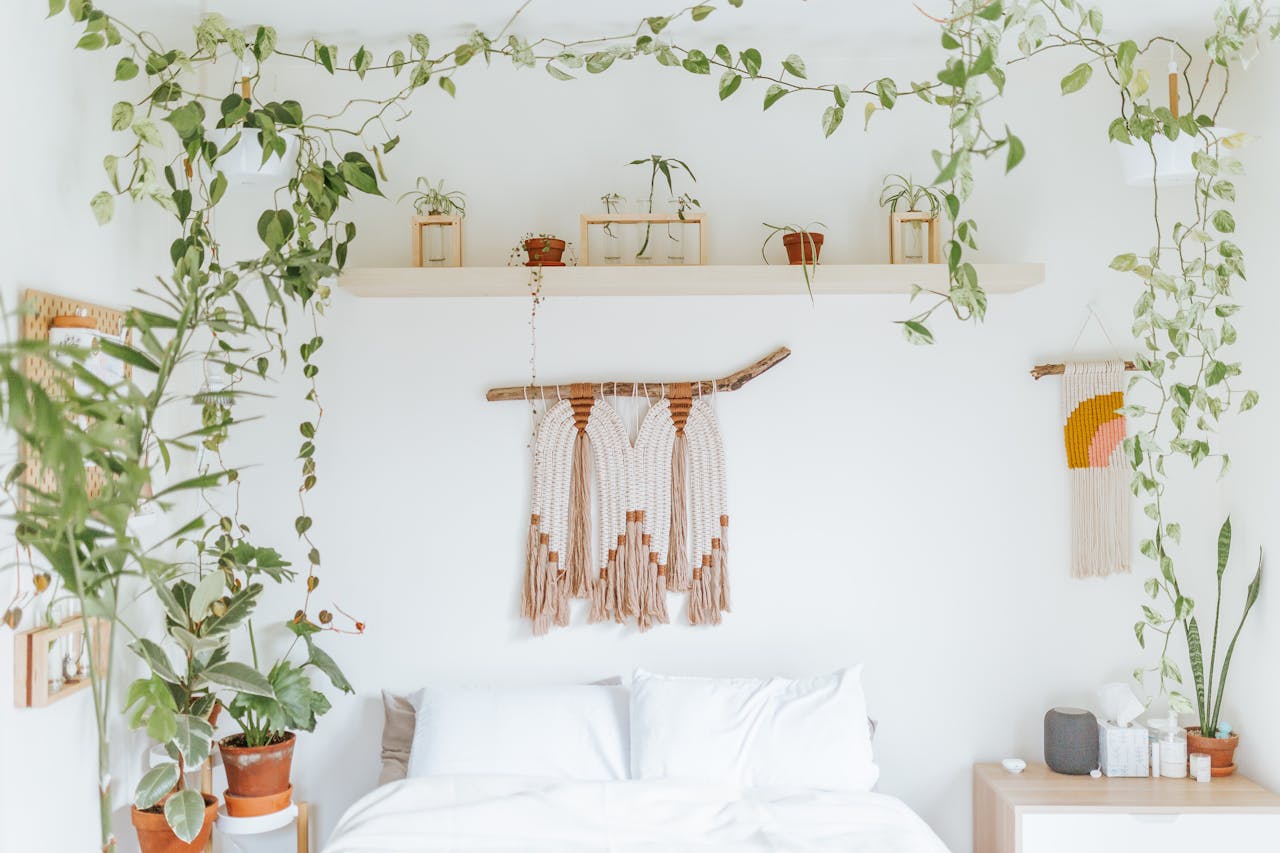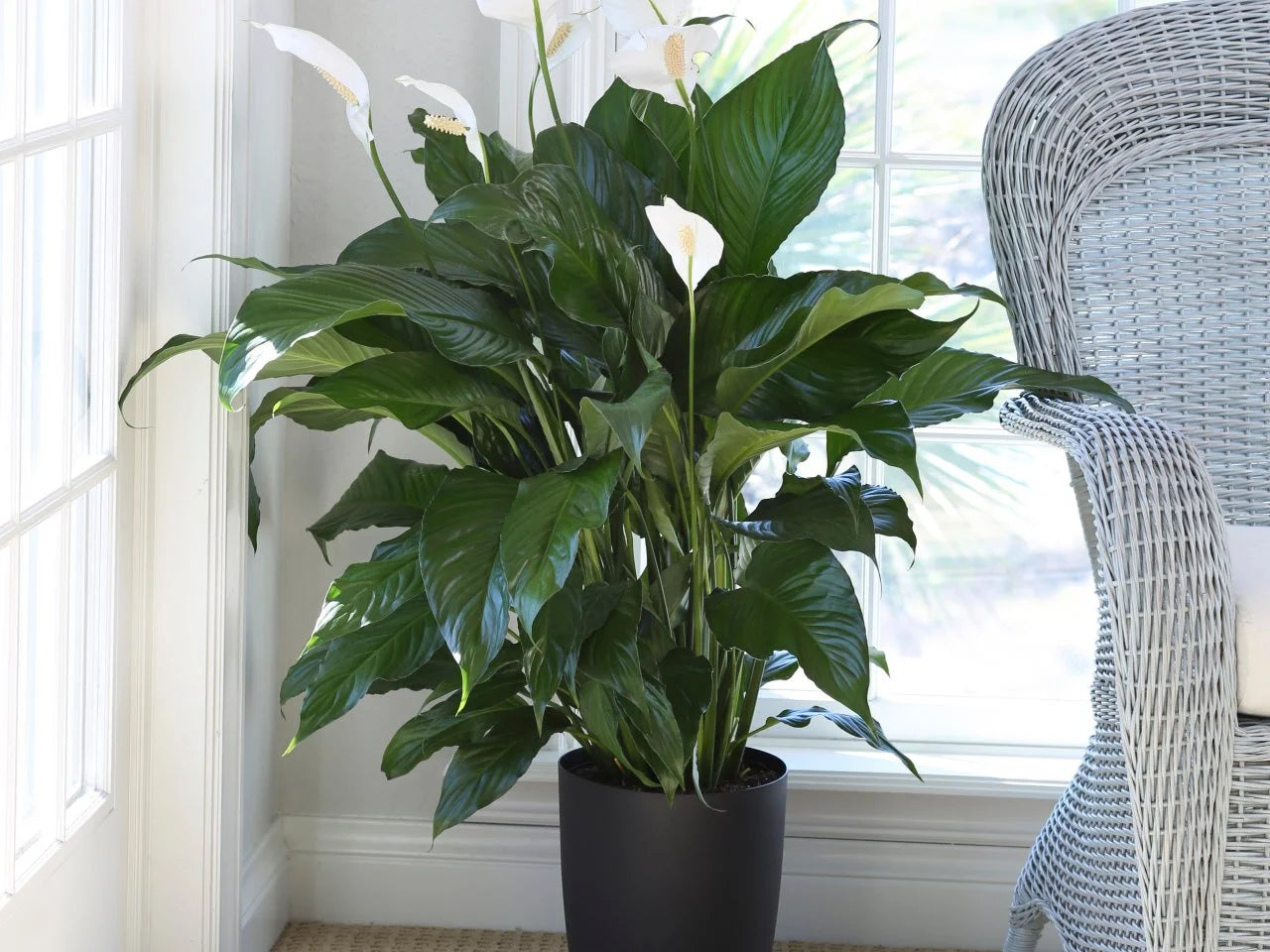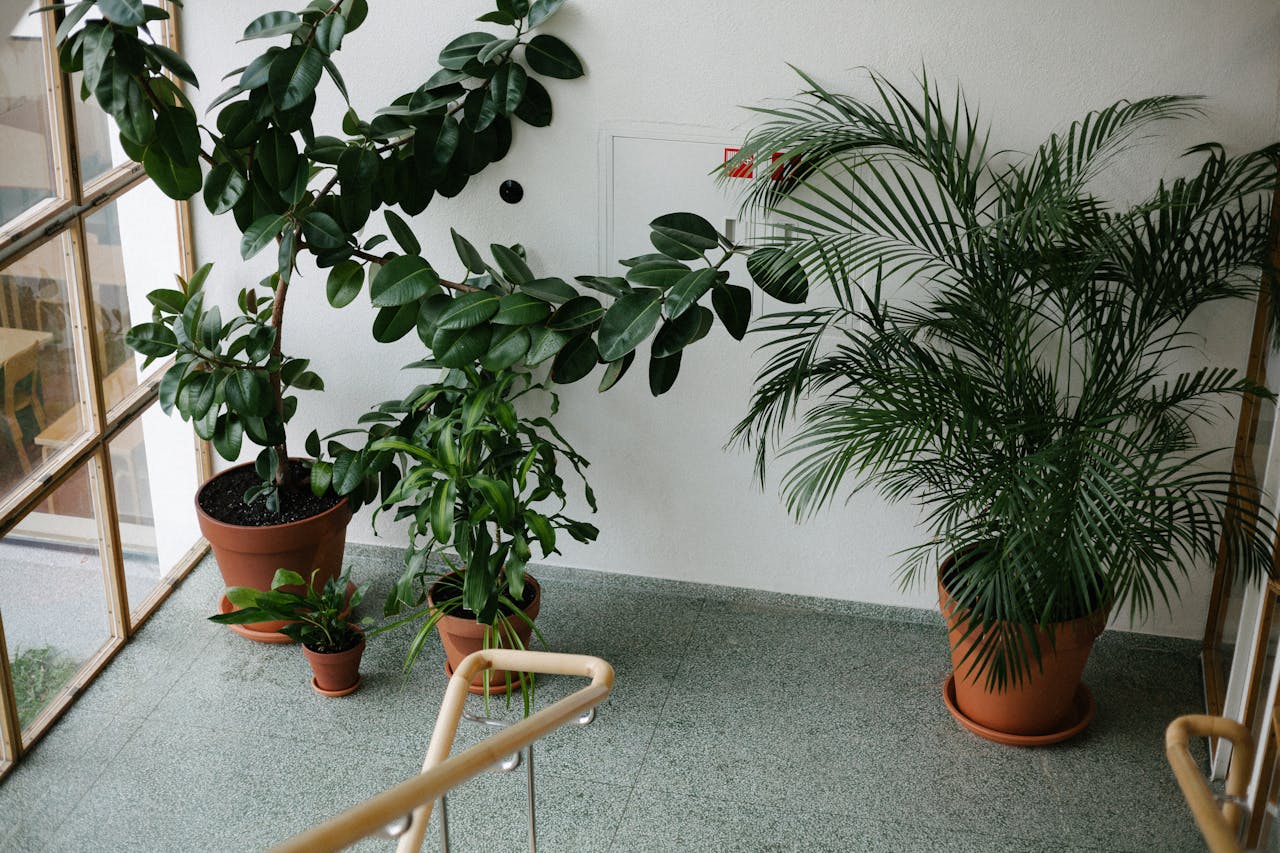Indoor plants can brighten up your living space, purify the air, and create a calming atmosphere. However, maintaining healthy indoor plants requires more than just water and sunlight; humidity plays a critical role in their growth. Seasonal changes, particularly the shifts in humidity levels, can greatly impact your indoor plants. In this article, we’ll explore how seasonal humidity changes affect indoor plants and how you can help them thrive year-round.
Understanding Humidity and Its Importance for Plants

Humidity refers to the amount of moisture in the air. For plants, humidity is vital because they absorb water not only through their roots but also through their leaves. Plants release moisture into the air through a process called transpiration, and the humidity levels in their environment determine how efficiently this process occurs.
Different plants require different levels of humidity to thrive. Tropical plants such as ferns, orchids, and peace lilies generally prefer high humidity, while desert plants like succulents and cacti thrive in lower humidity. Seasonal changes can drastically alter indoor humidity levels, and it’s essential to understand how these fluctuations affect your plants.
How Winter Humidity Affects Indoor Plants

Lower Humidity in Winter
During the winter months, indoor humidity levels tend to drop significantly, especially in homes with central heating. Heaters and fireplaces dry out the air, leading to much lower moisture levels indoors. For tropical plants, this can be a challenge, as they are accustomed to high humidity environments.
Signs of Low Humidity Stress
In winter, when the air becomes dry, you might notice these signs of low humidity stress in your indoor plants:
- Brown leaf tips: The edges of the leaves turn brown and crispy due to moisture loss.
- Wilting: Despite regular watering, plants may appear droopy or wilted because they can't absorb enough moisture from the air.
- Slow growth: Dry air can stunt the growth of humidity-loving plants.
- Increased pest problems: Low humidity often leads to an increased presence of spider mites, which thrive in dry environments.
Also Read- How To Use Indoor Plants To Reduce Noise Pollution: Natural Ways To Create a Quieter Home
How to Increase Humidity for Indoor Plants in Winter
To help your plants during the winter, consider these humidity-boosting strategies:
- Use a humidifier: Place a humidifier near your plants to maintain an ideal humidity level (between 40% and 60% for most tropical plants).
- Group plants together: Plants release moisture through transpiration, and grouping them can create a more humid microclimate.
- Use humidity trays: Fill trays with water and pebbles, and place your plants on top. As the water evaporates, it adds moisture to the air around the plants.
- Mist the leaves: Lightly mist the leaves of your plants daily to help raise the humidity levels temporarily.
Also Read- The Language Of Plants: How Your Indoor Plants Communicate With You
How Summer Humidity Affects Indoor Plants

Higher Humidity in Summer
During the summer, outdoor humidity tends to rise, and if you live in a humid climate, this can affect your indoor plants as well. Most tropical plants will thrive in these conditions, but plants that prefer drier air, such as succulents and cacti, may struggle with high humidity levels.
Signs of High Humidity Stress
While tropical plants love humidity, too much moisture in the air can cause problems for certain indoor plants. Watch for the following signs:
- Mold growth: Excess moisture can encourage mold or fungus growth on the soil surface or on the plants themselves.
- Root rot: Plants may be more susceptible to root rot in overly moist environments.
- Yellowing leaves: High humidity can prevent plants from properly absorbing water, leading to yellow or droopy leaves.
How to Manage High Humidity for Indoor Plants in Summer
If summer humidity becomes a problem for your indoor plants, try these strategies:
- Improve air circulation: Use a fan to circulate the air and prevent moisture buildup around your plants.
- Avoid overwatering: High humidity reduces the need for frequent watering. Ensure the soil dries out between waterings to avoid waterlogged roots.
- Dehumidify: In very humid areas, consider using a dehumidifier to keep the air moisture in check, especially for plants that prefer drier conditions.
Also Read- How To Use Indoor Plants For Natural Air Freshening: Fresh Scents Without Chemicals
Seasonal Adjustments for Different Plant Types

Different plants respond to humidity changes in different ways. Here's a quick guide on how to adjust your care routine for common plant types:
1. Tropical Plants (High Humidity Lovers)
- Examples: Ferns, Calatheas, Monstera
- Winter: Increase humidity with a humidifier, misting, or humidity trays.
- Summer: Ensure good ventilation to prevent mold or mildew.
2. Desert Plants (Low Humidity Lovers)
- Examples: Cacti, Succulents
- Winter: Reduce watering, as dry air will not harm these plants.
- Summer: Lower humidity by using fans or dehumidifiers.
3. Flowering Plants
- Examples: Orchids, African Violets
- Winter: These plants prefer high humidity, so use a humidifier or mist them regularly.
- Summer: Ensure they don’t sit in water or get too humid, which can cause rot.
Final Tips for Managing Humidity Year-Round
- Monitor humidity levels: Use a hygrometer to measure the humidity levels in your home, so you can adjust care accordingly.
- Move plants: Position plants in rooms with higher humidity, such as bathrooms or kitchens, during the winter.
- Seasonal care adjustments: Be prepared to modify your watering schedule and plant placement as seasons change to ensure your indoor plants thrive in any climate.
Conclusion
Seasonal changes in humidity can have a significant impact on the health of your indoor plants. By understanding how humidity levels fluctuate throughout the year and adjusting your plant care routine accordingly, you can ensure your plants remain vibrant and healthy all year long. With the right strategies, you can create a stable environment where your indoor plants thrive, regardless of the season.
By following these tips, your indoor plants will flourish, bringing beauty and fresh air to your home no matter what the weather outside is doing.













Leave a comment
This site is protected by hCaptcha and the hCaptcha Privacy Policy and Terms of Service apply.